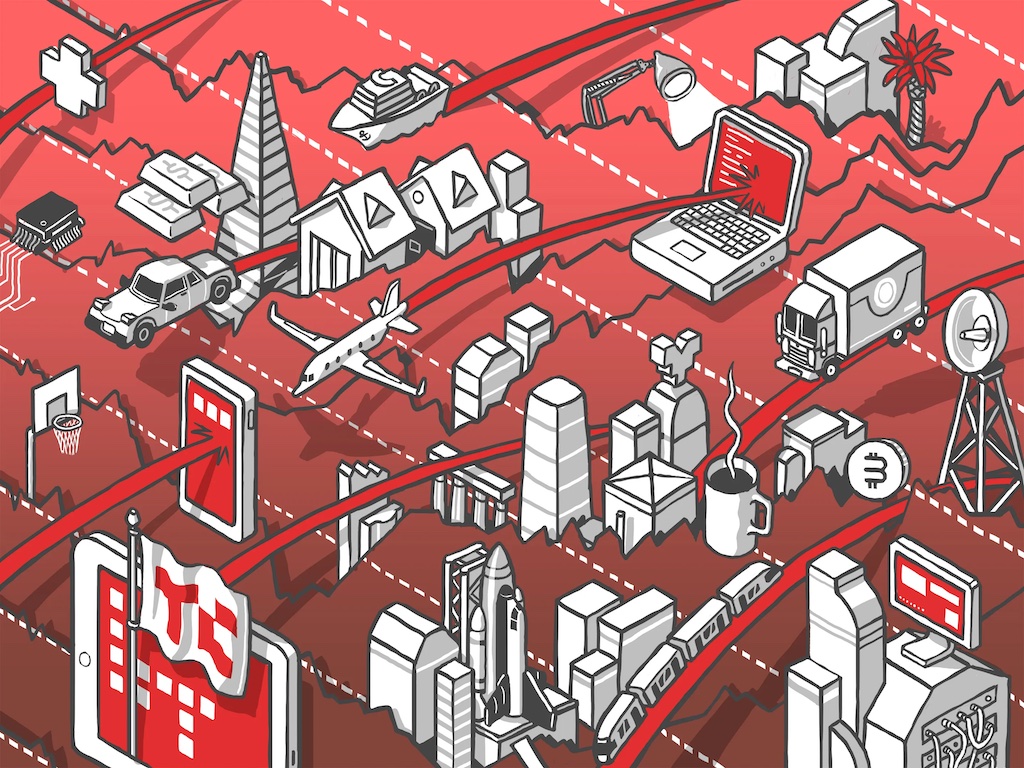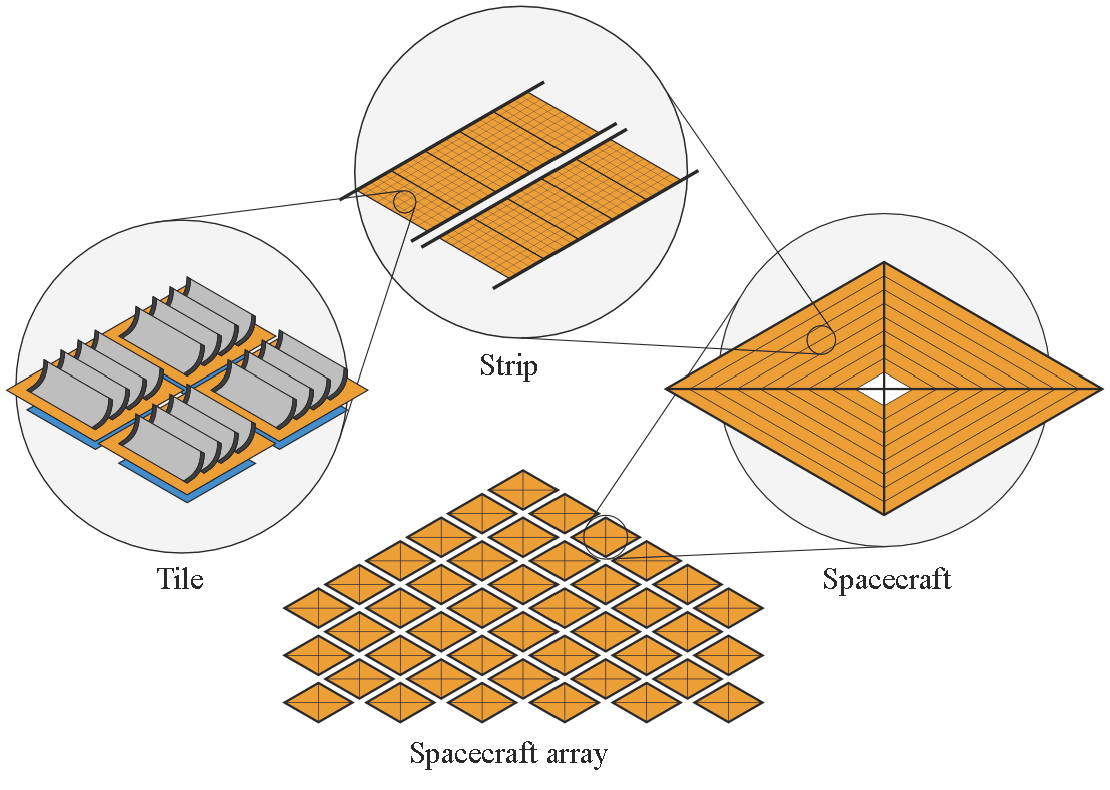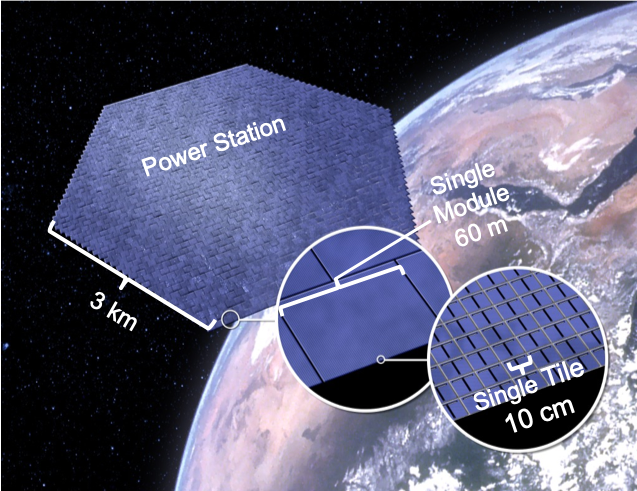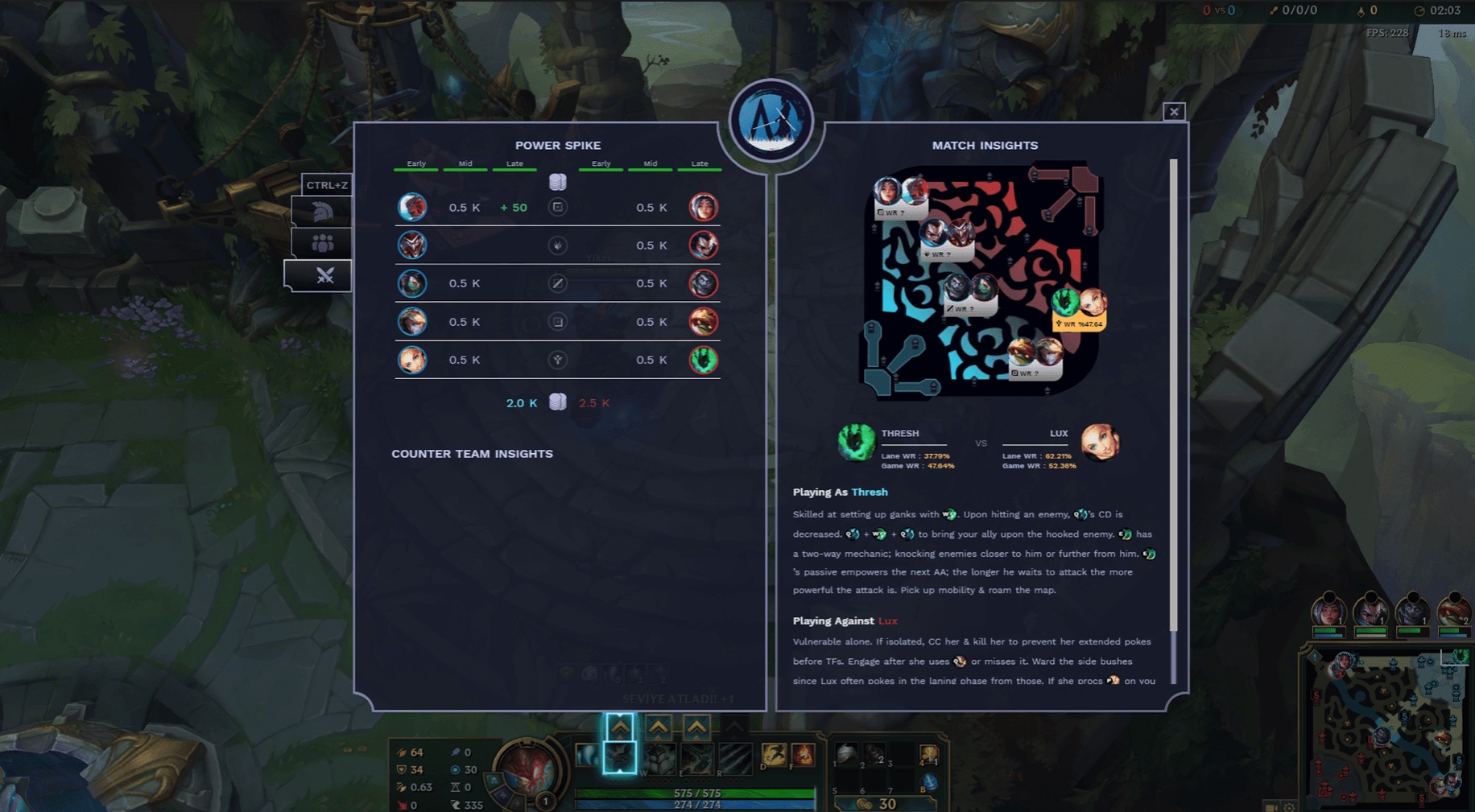To get a roundup of TechCrunch’s biggest and most important stories delivered to your inbox every day at 3 p.m. PDT, subscribe here.
Hello and welcome to Daily Crunch for August 6, 2021. We made it to Friday. High-fives all around. If you own stocks or cryptos, you are wrapping up the week on a high. Crypto prices are rising while some indices are hitting records.
Before we get into the news, don’t forget that TechCrunch is launching another newsletter! The first edition of This Week in Apps by our own Sarah Perez launches Saturday morning and is the place to go for all of your app news goodness. Be sure to sign up here.
Now, the news. — Alex
The TechCrunch Top 3
- SpaceX builds 400-foot rocket: If you were concerned that childish jokes regarding billionaire rocketry were about to die down, fear not: SpaceX has stacked its Starship vehicle on top of a Super Heavy booster. That means a very tall rocket with much oomph. This is the first time that Starship and Super Heavy have come together.
- The changing value of insurtech startups: A few weeks back, TechCrunch asked if the market should be concerned about insurtech valuations. Then they took another hit. We tackled the topic in the wake of Hippo’s public listing, deciding that most public insurtech companies are wealthy enough in cash terms to not sweat the declines. Too much.
- What to expect from Samsung’s next hardware event: Samsung’s impending Unpacked event may be, well, packed. We could see a new Galaxy Fold phone, new watches, wearables from a Google partnership and more. TechCrunch will be covering the event this August 11, so stick close to the site for more.
Startups/VC
- DesignOps is the new DevOps: That’s our take on zeroheight and its new $10 million Series A round. The startup “does for UX what DevOps platforms like GitHub do for building and shipping code, providing a central place to document and manage UX components,” CEO Jerome de Lafargue told TechCrunch.
- 500 Startups backs the Carta for Africa: Carta is an important part of the U.S. startup technology stack, helping keep cap tables and shares in proper order. As Africa’s startup scene expands, it will need something similar. And Raise is building it. Per the startup, most startup equity on the continent is still tracked with paper. It’s time for that to change.
- Healthcare provider API raises $17M: APIs to help companies manage their providers are not new. AgentSync is building something in the space for insurance brokers. Verifiable is pursuing a similar model, but focused on healthcare workers. As with Rapid, what is being replaced are manual processes. Software is good at many things, but alleviating humans from certain types of bullshit work is one of them.
- Card-issuing APIs are coming to Africa: Thanks to the first Zambian company to get into Y Combinator, I hasten to add. The startup in question, Union54, was first launched in 2015 as Zazu, a neobank. But it found the card-issuing space so punitive to work with that it took on that problem, rebranding along the way. Card issuing is a big market in the U.S. and Latin America. Let’s see how it performs in the startup space on a new continent.
- To close out our startup coverage today, TechCrunch has a good and long look at the burgeoning startup hub of Utrecht, that bit of the Netherlands that always looks super gorgeous when you see a photo of it. Enjoy!
Craft your pitch deck around ‘that one thing that can really hook an investor’
We frequently run articles with advice for founders who are working on pitch decks. It’s a fundamental step in every startup’s journey, and there are myriad ways to approach the task.
Michelle Davey of telehealth staffing and services company Wheel and Jordan Nof of Tusk Venture Partners appeared on Extra Crunch Live recently to analyze Wheel’s Series A pitch.
Nof said entrepreneurs should candidly explain to potential investors what they’ll need to believe to back their startup.
” … It takes a lot of guesswork out of the equation for the investor and it reorients them to focus on the right problem set that you’re solving,” he said.
“You get this one shot to kind of influence what they think they need to believe to get an investment here … if you don’t do that … we could get pretty off base.”
(Extra Crunch is our membership program, which helps founders and startup teams get ahead. You can sign up here.)
Big Tech Inc.
- Amazon gets win in Indian Supreme Court: Not happy with a planned sale of Indian retail and warehouse chain Future Group to Reliance Retail, the leader in its category, Amazon won a legal reprieve this week when India’s Supreme Court said that a ruling in Singapore to halt the transaction was valid in the country. Seeing a U.S. tech giant argue against consolidation of players in a market may sound ironic, or even hypocritical, but in business it’s better to simply remember that corporations are amoral by nature at best.
- Drama costs at Velodyne rise: Lidar shop Velodyne, a company that went public via a SPAC, is still paying out to cover the price of internal drama and some executive departures. TechCrunch dug into the company’s latest earnings here.
TechCrunch Experts: Growth Marketing

Image Credits: SEAN GLADWELL (opens in a new window) / Getty Images
We’re reaching out to startup founders to tell us who they turn to when they want the most up-to-date growth marketing practices. Fill out the survey here.
Read one of the testimonials we’ve received below!
Marketer: Tate Lowry, Ranq
Recommended by: Anonymous
Testimonial: “They have been on my radar since their co-owner sold the e-comm website Here Pup. Tate and Perrin knew exactly what my site needed to ensure a realistic growth. They didn’t blow up any promises; they didn’t nickel and dime me along the way. Honest and genuine agencies that actually map out how they can and will help you are far and few between.”










 (@jack)
(@jack) 


